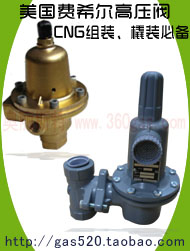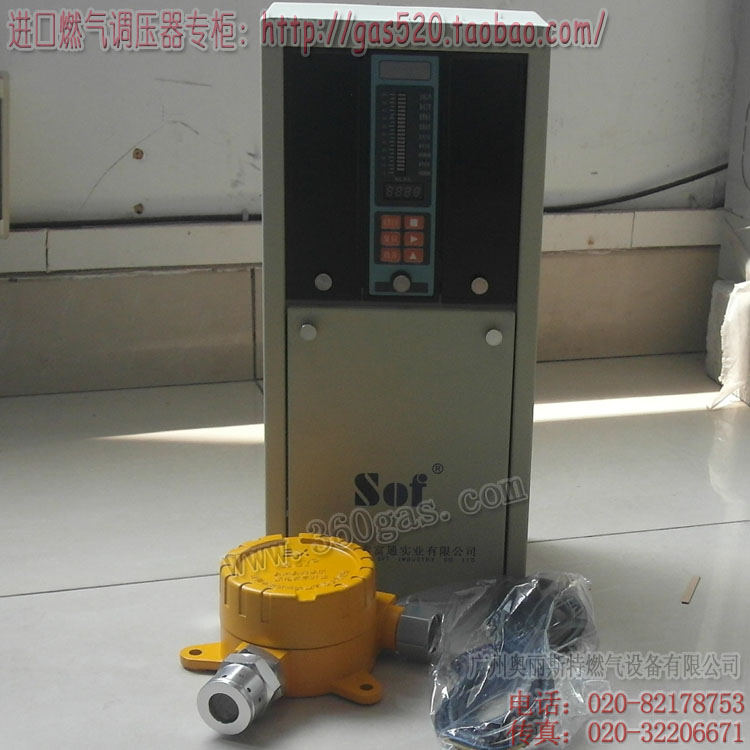位置:首页 > 燃气资讯 > U.S. Clean Cities
U.S. Clean Cities Launches Improved Tool to Help Fleets Evaluate CNG Investments
浏览次数 683 , 日期 2014-02-10 , 燃气设备 加入收藏
The U.S. Department of Energy’s (DOE) Clean Cities program just launched a new version of its Vehicle and Infrastructure Cash-Flow Evaluation (VICE) Model. The VICE Model helps fleet managers evaluate the financial soundness of investments in compressed natural gas (CNG) vehicles and/or fueling infrastructure. The new version is applicable to a wider variety of vehicles and can also accommodate an incremental fueling station build out.
Thousands of fleets across the country have successfully switched to natural gas, realizing significant cost savings and greenhouse gas (GHG) emissions reductions. Using simple spreadsheet inputs, the VICE Model helps fleets estimate the financial and emissions benefits they can expect to achieve by transitioning to CNG.
To use the VICE Model, users input fleet-specific data, including number of vehicles, vehicle types, fuel use, and planned vehicle-acquisition schedules. The tool then presents numerical and graphical presentations of return on investment, payback period, and annual GHG savings.
To simplify the estimates for users, the model contains a number of default values for parameters such as vehicle prices, fuel prices, fuel taxes, and maintenance costs. However, fleets can replace the default values with their own data to obtain more customized results.
The VICE Model is housed on DOE’s Alternative Fuels Data Center, home to many robust tools and resources related to the deployment of alternative fuels and advanced vehicles.
Thousands of fleets across the country have successfully switched to natural gas, realizing significant cost savings and greenhouse gas (GHG) emissions reductions. Using simple spreadsheet inputs, the VICE Model helps fleets estimate the financial and emissions benefits they can expect to achieve by transitioning to CNG.
To use the VICE Model, users input fleet-specific data, including number of vehicles, vehicle types, fuel use, and planned vehicle-acquisition schedules. The tool then presents numerical and graphical presentations of return on investment, payback period, and annual GHG savings.
To simplify the estimates for users, the model contains a number of default values for parameters such as vehicle prices, fuel prices, fuel taxes, and maintenance costs. However, fleets can replace the default values with their own data to obtain more customized results.
The VICE Model is housed on DOE’s Alternative Fuels Data Center, home to many robust tools and resources related to the deployment of alternative fuels and advanced vehicles.








